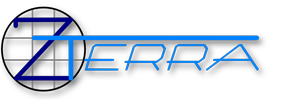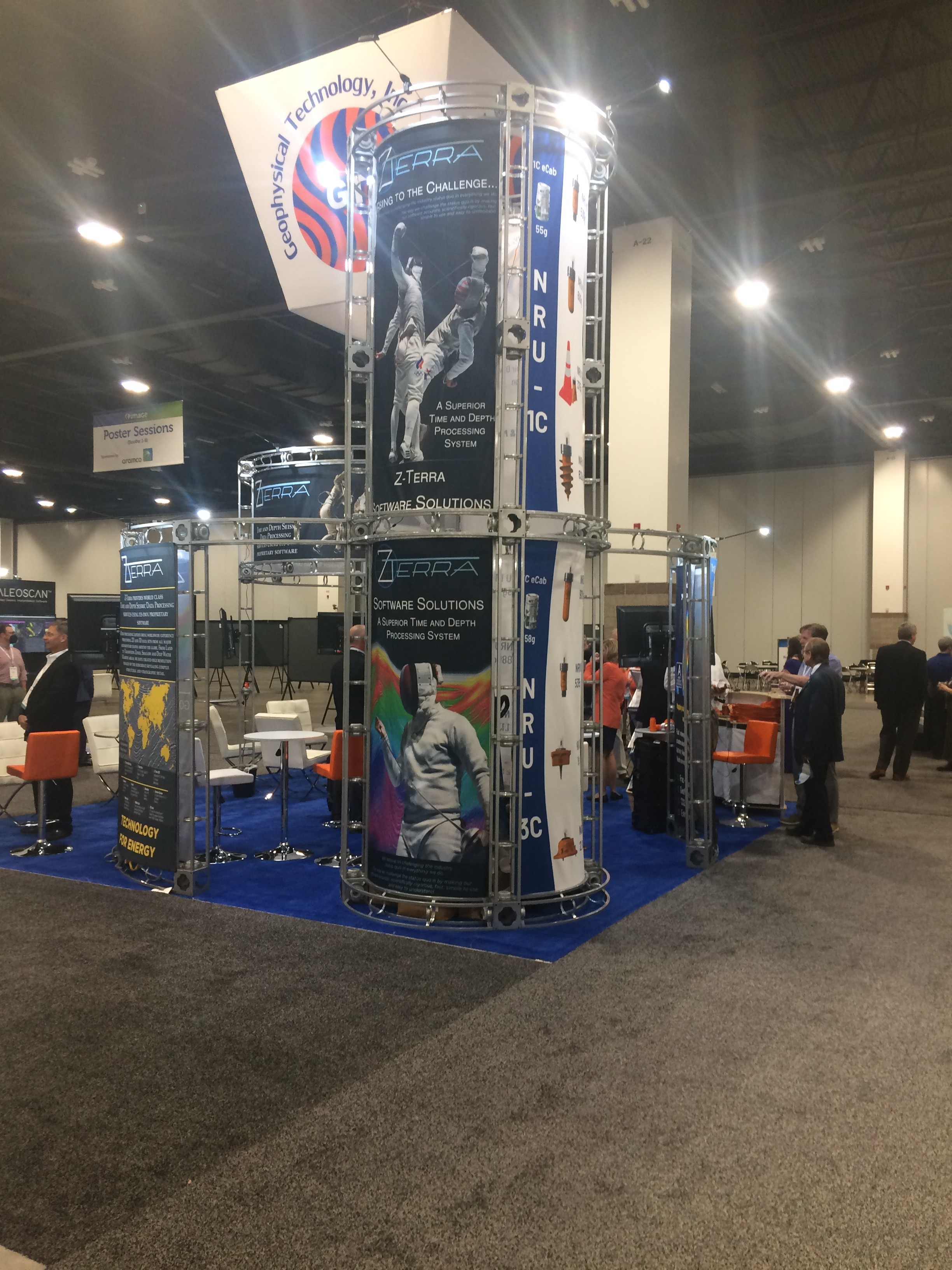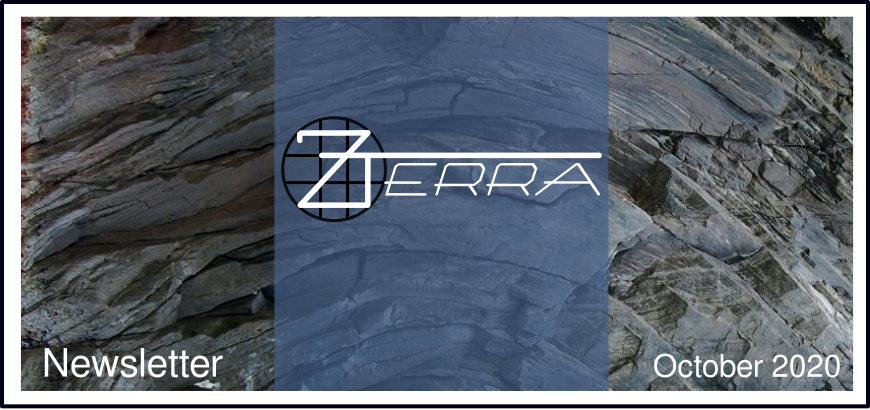
- Z-Terra at IMAGE 2021 October 22, 2021
Z-Terra attended SEG’s IMAGE 2021 event in Denver, Colorado this year and shared booth space with Geophysical Technology, Inc (GTI). Pictures of the booth are below.
Mihai Popovici was a panelist at the Centennial Session: Passing the Wisdom of the Past to the Young Minds of the Future panel, more details here:
- High-Tech Low-Tech – The Curmudgeon’s Column June 23, 2021
An old Silicon Valley mantra postulates that money is not in technology but in the business application of technology.
When I posted in LinkedIn a link to my Geophysical Society of Houston Technical Lunch in order to generate some publicity for my talk on Beam Tomography, one of the interesting comments from a colleague at a large service company was that Beam Technology is “a technology with many benefits that unfortunately is commonly regarded as old school / low tech.” I loved the comment because it allows me to talk about one of my favorite business concepts that I always look around to apply, and that is High-Tech Low-Tech. High-Tech is a term for new technology that incorporates advanced features. Low-Tech is the old school technology. I’ll start with an example, the story of the Nest thermostat.
- Diffraction Imaging – The Curmudgeon’s Column November 8, 2020
In the last post, I explained the title of the column comes from the book by Charles Murray The Curmudgeon’s Guide to Getting Ahead. With the Curmudgeon in mind, I have a few more comments to make about our life as Researchers, pushing the leading edge of technology in our industries. In small companies it helps to be a contrarian, to develop novel algorithms in areas overlooked by large research groups or the academic groups funded by them. One such technology that our group started working on a few years ago, nudged by the research group at Saudi Aramco, is Diffraction Imaging (DI). Aramco was looking for a company with a good quality commercial Kichhoff migration, since this particular DI implementation involves modifying a Kirchhoff kernel.
Diffraction Imaging is a high-resolution imaging technology designed to image and identify in very fine detail the small scale fractures in shale and carbonate reservoirs that form areas of increased natural fracture density.
Read the full article on Mihai’s blog here >
or
Read the full article on the SEG Library here > - Z-Terra Newsletter – October 2020 October 13, 2020
Dear Friends of Z-Terra:
In our quarterly Newsletter we want to keep you updated with what is happening at Z-Terra, new software features and products, new business projects, technology updates, people, and news.
Z-Terra Expands
Last year in December Z-Terra acquired the Processing Division of Divestco, a Calgary based company. Divestco bought in 2006 the Processing Division business of Geo-X Systems, (see press release here) and Z-Terra acquired the same group in 2019 (see press release here). We are in the process of modernizing the infrastructure of the DXPro Geo-X time processing system. The plan is to offer a complete time processing system license with unlimited CPUs for $20,000. We will keep you posted.
Depth Imaging System
Z-Terra developed and licenses a complete Depth Imaging System, that includes over 200 imaging and model building utilities. The Depth Imaging System was designed to allow very rapid turnaround of 2D and 3D projects. Some of the main modules in our system include:
- ZTK Kirchhoff PSTM and PSDM. Anisotropic VTI, TTI and Orthorhombic Traveltimes. OVT gathers. CRAM gathers.
- ZTK-DI Diffraction Imaging in Kirchhoff time and depth. Specularity (angle or angle and offset) and Azimuth Gathers.
- ZRTM Two Way Reverse Time Wave Equation Migration.
- ZFBM Gaussian Beam and Fast Beam Migration.
- Z5D 5-D Interpolation using Azimuth Move Out (AMO).
- ZSM Wave Equation Multiples Imaging Migration.
- ZFA Spectral Decomposition and Super Resolution Thin Layers Inversion.
- ZTomo Grid based tomography constrained by horizons. Anisotropic updates.
- ZTomo-360 Wide azimuth tomography using Extended Gathers.
- ZBT Beam Tomography. High Resolution Tomography using Beam Migration.
- ZESTANI Anisotropic Velocity Model Building starting from well logs.
- ZMod Acoustic Modeling, Wave-Equation Illumination.
- ZFWI Full Waveform Inversion in Data Domain.
- ZEOS Visualization and Velocity Model Building.
Processing Services
Z-Terra provides Time and Depth Processing services using our proprietary software. Our staff has worldwide experience processing thousands of seismic datasets from major sedimentary basins around the world, in land, transition zones, shallow and deep water marine areas, including Gulf of Mexico, onshore U.S., offshore and onshore Brazil, Argentina, Colombia, Peru, Mexico, Canada, West Africa, Australia, North Sea, European Carpathian overthrust, Middle East onshore and offshore, SE Asia, China, onshore and offshore Europe, and all the major U.S. shale plays including the Eagle Ford, Permian, Barnett, Bakken, and Woodford.
Z-Terra’s advanced imaging software (Kirchhoff PSTM/PSDM, Diffraction Imaging, Gaussian and Fast Beam Migration, Wave-Equation Migrations: Shot Profile Migration, Reverse Time Migration, 6-D Interpolation, and an Advanced Velocity Model Building portfolio including standard Tomography, 360° Tomography using Extended Gathers, Beam Tomography, FWI, Modeling and Illumination, Anisotropic Model Building) creates high resolution images of the earth’s subsurface, revealing complex structural and stratigraphic detail.
In 2020 Z-Terra has completed over 50 processing and reprocessing projects for clients worldwide. Let us show you what we can do for your project. Give us a call or send us an e-mail and we will provide you with an overview of our software and processing services.
Sincerely,
Alexander Mihai Popovici, CEO
mihai@z-terra.com
Cell: 650 219 5398 - Online Tech Lunch: High Resolution Beam Tomography for Velocity Model Building – September 23rd, 2020 September 21, 2020
Beam Tomography (BT) is a novel high resolution, wide azimuth migration velocity analysis tool using Beam Migration. The high resolution updates are comparable to FWI results, with three orders of magnitude more efficiency. A 2000 sq km velocity model can be updated using 400 CPUs in less than 5 minutes. The Beam Tomography uses Beam Migration to directly output the velocity update matrix with a very high number (2000-10,000) of velocity update values at each (x,y,z) analysis point. This methodology bypasses the time consuming steps required for traditional tomography, including preparing the gathers for semblance analysis, semblance picking and back-projection picks QC. The method enables a very rapid estimation of the depth or time delays along each ray that can be used to produce a high quality alignment of the common-image angle or offset gathers. In addition, Beam Tomography output contains image point azimuth information and this allows the tomographic update to go beyond the current limitation of limited wide azimuth velocity updates. In summary, Beam Tomography allows for faster turnaround time for large 3-D seismic projects and at the same time increases the accuracy of the velocity model by using wide azimuth information that is typically unavailable in traditional tomography.



